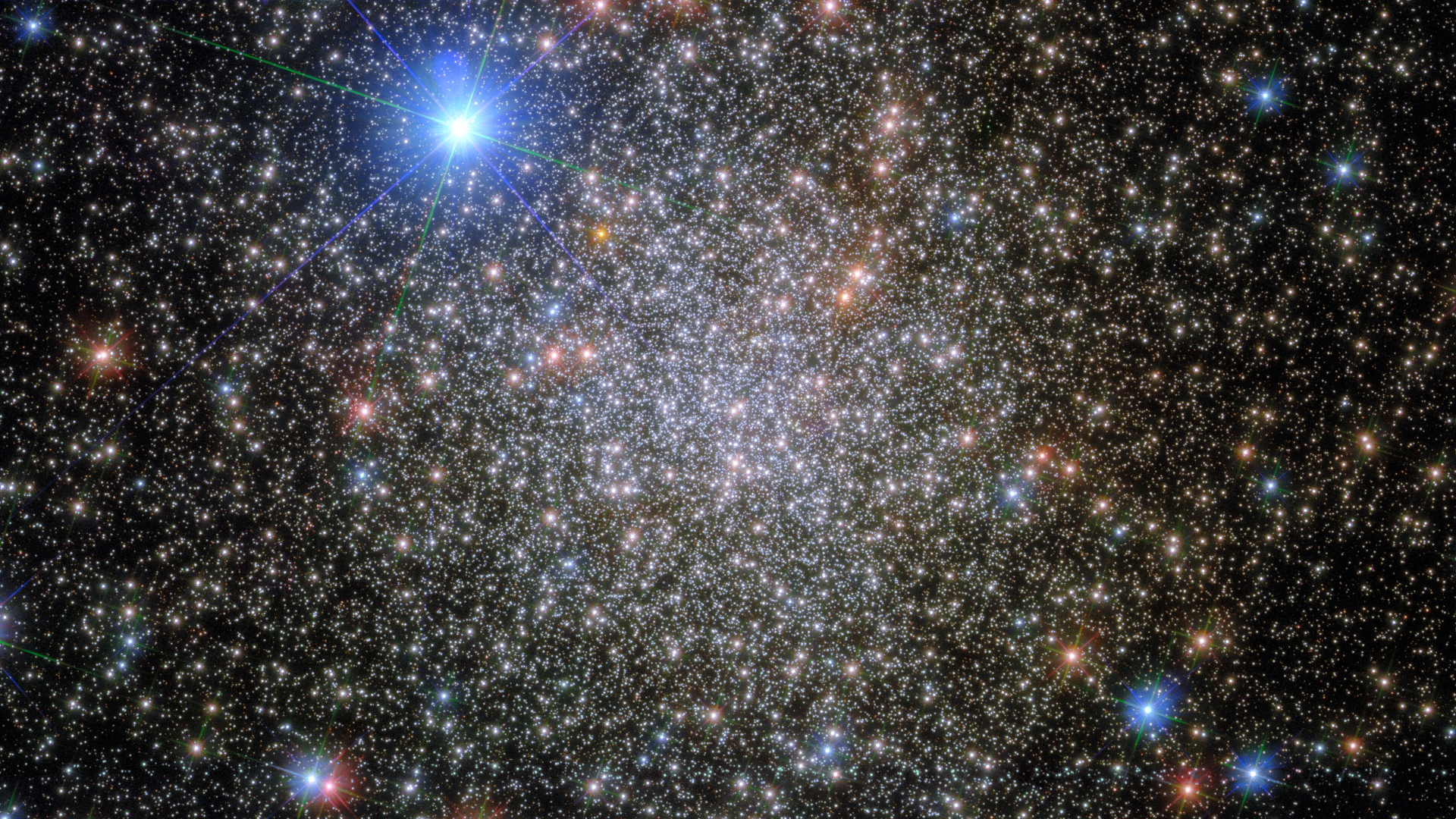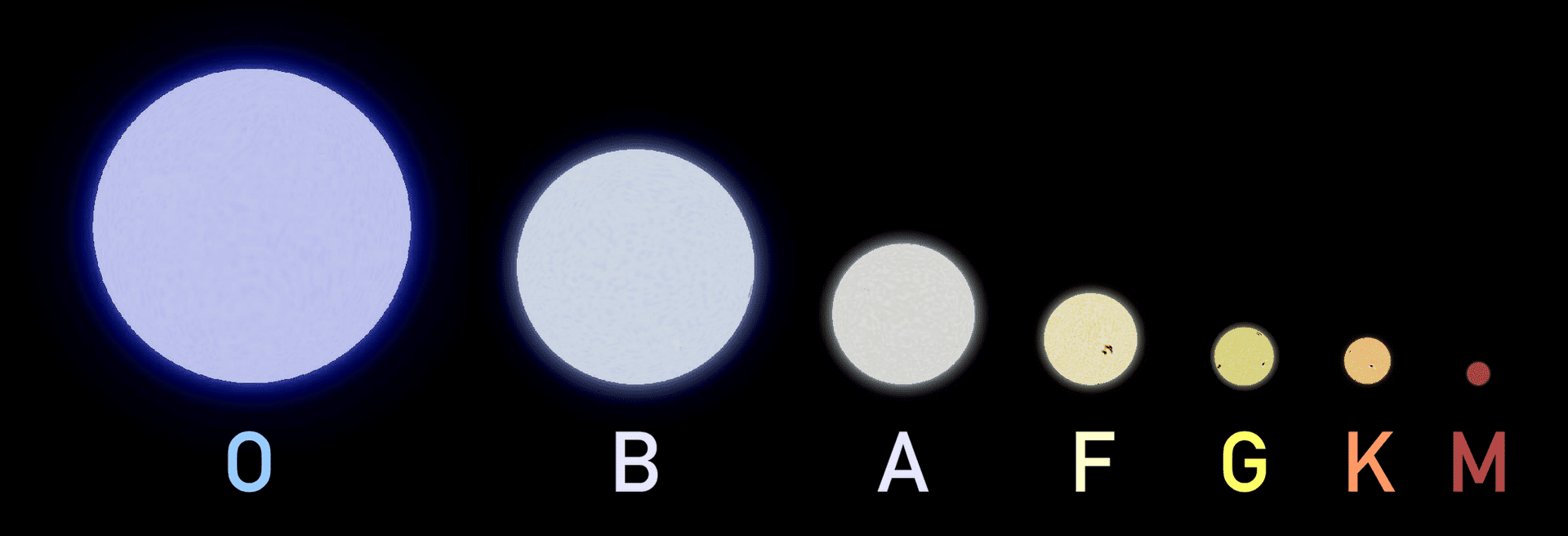Introduction:
The stars have always been a fascinating subject for astronomers, scientists, and stargazers alike. These luminous celestial bodies have captivated us for centuries and continue to do so today. In this article, we will delve into the world of stars, exploring their types, formation, and characteristics.
 |
| Understanding Stars: Types, Formation, and Characteristics |
Types of Stars:
Stars are classified based on their spectral characteristics, which is a measure of the types of light they emit. There are seven main types of stars, in order of decreasing temperature, they are O, B, A, F, G, K, and M. These types are further divided into subcategories based on their spectral lines and other features.
 |
| Types of Stars |
O-Type Stars:
O-type stars are the hottest and most massive stars. They have a surface temperature of around 30,000 Kelvin and emit mostly ultraviolet light. These stars are very rare, and they are typically found in the arms of spiral galaxies.
B-Type Stars:
B-type stars are the second hottest type of star and have a surface temperature of around 10,000 Kelvin. They emit mostly blue light and are typically found in clusters or associations.
A-Type Stars:
A-type stars are slightly cooler than B-type stars and have a surface temperature of around 7,500 Kelvin. They emit mostly white light and are often used as a standard reference for comparing the brightness of other stars.
F-Type Stars:
F-type stars have a surface temperature of around 6,000 Kelvin and emit mostly yellow-white light. They are often referred to as "yellow-white dwarfs" and are similar in size and temperature to our sun.
G-Type Stars:
G-type stars are the most common type of star and include our sun. They have a surface temperature of around 5,500 Kelvin and emit mostly yellow light. These stars are often referred to as "yellow dwarfs" and are known for having planets orbiting around them.
K-Type Stars:
K-type stars have a surface temperature of around 4,000 Kelvin and emit mostly orange light. They are typically smaller and less massive than G-type stars and are often referred to as "orange dwarfs."
M-Type Stars:
M-type stars are the coolest and least massive type of star. They have a surface temperature of around 2,500 Kelvin and emit mostly red light. These stars are often referred to as "red dwarfs" and are the most common type of star in the Milky Way galaxy.
Formation of Stars:
Stars are formed in clouds of gas and dust known as nebulae. The process of star formation begins when a cloud of gas and dust starts to collapse under its own gravity. As the cloud collapses, it becomes denser and hotter, eventually forming a protostar.
Once the protostar reaches a critical temperature and density, nuclear fusion begins, and the star begins to shine. The energy released during nuclear fusion helps to counteract the force of gravity, preventing the star from collapsing in on itself.
Characteristics of Stars:
Stars have several characteristics that can be used to describe them. These include luminosity, temperature, size, and age.
Luminosity:
The luminosity of a star is a measure of its total energy output. It is often compared to the luminosity of our sun, which is used as a reference point. Luminosity is measured in units of watts and is often given as a multiple of the sun's luminosity.
Temperature:
The temperature of a star is a measure of its surface temperature and is often given in units of Kelvin. The temperature of a star is a critical factor in determining its spectral type and the color of light it emits.
Size:
The size of a star is measured in terms of its radius and mass. The radius of a star is often given in units of solar radii, which is the radius of our sun. The mass of a star is often given in terms of solar masses, which is the mass of our sun.
Age:
The age of a star is determined by measuring its chemical composition and its position in the Hertzsprung-Russell diagram. Stars age as they consume their fuel and eventually run out, leading to their death.
Death of Stars:
Stars die when they run out of fuel for nuclear fusion. The exact process of how a star dies depends on its mass.
Low-Mass Stars:
Low-mass stars, such as red dwarfs, consume their fuel very slowly and can live for trillions of years. When they eventually run out of fuel, they simply cool and fade away.
Intermediate-Mass Stars:
Intermediate-mass stars, such as our sun, will eventually consume all their fuel and will begin to expand and cool, becoming a red giants. The outer layers of the star will eventually be blown away, leaving behind a small, dense core known as a white dwarf.
High-Mass Stars:
High-mass stars, such as O-type stars, consume their fuel very quickly and will eventually explode in a supernova. The explosion releases a tremendous amount of energy, and the core of the star is left behind as a neutron star or black hole.
Conclusion:
In conclusion, stars are fascinating celestial bodies that have captivated us for centuries. They come in different types, each with its unique spectral characteristics and features. They are formed in nebulae and undergo nuclear fusion to shine brightly. As they age, they eventually die and leave behind remnants such as white dwarfs, neutron stars, or black holes. Studying stars has helped us better understand the universe we live in and has led to many scientific discoveries.


0 Comments